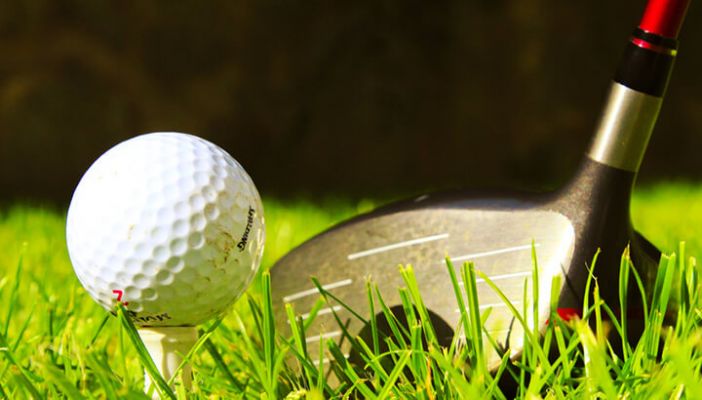Do tennis players use racquets with broken strings? Would an Olympian swimmer be satisfied with goggles that leak? And what about the NBA player whose shoelaces were forever coming loose or whose shorts kept slipping down? Equipment malfunction needs to be taken seriously if it impacts performance.
Golfers rely on a range of specialized equipment from head to toe, inside and outside of the bag. Lingering doubts about the efficacy of equipment must be resolved or else player confidence wanes and the blame game sets in, without evidence. “That shank was caused by the dirt in the grooves of my 8-iron!” Really? That claim is best left for another article, and it’s better to focus on things we can easily fix — like the condition of your club face!
Some golfers expect equipment to remain pristine for their lifetime. This is close to impossible, given that the game relies upon hitting one surface, at speed, into another surface. The Internet is riddled with details of golfers sharing photos of brand new, forged Mizano’s and Ping G25’s land lamenting about scuffs and marks after one round. Some club face issues are worse than others, and many are easily remedied.
Driver
By all accounts, if unexpected damage is apparent on the face of the driver then almost all suppliers will replace with little or no questions asked. While this statement is not a guarantee, various online forums regarding damaged drivers reassure me that almost all cracks on the club face resulted in replaced clubs being issued from the manufacturer.
Interestingly, Rule 4-3 of the R&A Rules of Golf regarding damaged clubs notes that a hairline crack on the face of a driver is still deemed as fit for play. If the crack is a hairline, which cannot easily be detected by touch, then it would be regarded as wear rather than damage and, as such, the driver would continue to be used. As soon as the crack becomes more than a hairline (e.g., it develops a sharp raised edge or there is essentially a hole in the face) it should be regarded as a damaged club which is nonconforming and therefore in breach of the rules.
Check and clean the face of your driver as you would with all other clubs. Assuming you have not connected the club head with objects other than a golf ball (think tree, wall, rock, slammed into the ground) then hairline cracks, brought about by use, will be wear and tear and they come with the territory. It may not be enough to affect the ball’s trajectory or distance, but if it’s niggling then have it replaced.
Irons
Issues arising on the iron face are generally wear-and-tear related. Regardless of whether you have forged or cast irons, over time grooves will wear down and scuff marks might become immovable. The most important everyday fix for the health of your irons is ensuring that loose material is not embedded on the face. Tap water and a light scrub, followed by a soft toweling, will keep the face free of accumulated debris.
It’s not always a good idea to leave the clubs soaking in the sink so make sure that they are run under the faucet and attended to quickly. Again, the R&A ruling on damaged clubs notes that a scratched club head is not enough to proclaim it unfit for play, so stop worrying too much about whether that scratch accounts for the poor shot and consider aspects of your execution before blaming the club face!
Putter
Putting parlance is filled with words such as “smooth,” “even” and “clean” so the notion of having a putting face that is anything other than picture perfect does not rest easy with the technical expectation of the shot. In other words, check the face of the putter carefully for inconsistencies on the surface. Do this before you purchase it so as to resolve any concerns at this critical juncture.
Hold the face up to light, at different angles to check on surface variations. If the surface is grooved or etched then check for grains of waste metal clinging to the face and use a pin or needle to remove. If the putter is prone to collecting material like this, then be sure to wipe down the putter after each shot, on the leg of your trousers, with a towel or even just your hand. Putter covers are becoming common in all pro bags.
Easy remedies for the club face
There are several easy steps to take to improve club face quality:
- Mr Clean Magic Eraser crops up time and time again as the weapon of choice for gently and quickly removing scuff marks from club faces.
- Clean irons in warm, soapy water and use a toothbrush to scrub the face surface. More often than not, scuffs and scratches will come off easily.
- Cleaning your ball each and every time you get the chance will reduce contact with grains on the club face and therefore reduce pockmarks and scuffing that may or may not be easily removed.
- Iron covers are a great way to protect from club “chatter” or knocking against each other and damaging the face.
Any doubts about the health and wellbeing of the club face will, inevitably, creep into your shot psyche. Look after your clubs and, if there are serious matters, have them assessed and replaced if appropriate. There is no need to introduce additional doubts into the golf game when so many already exist!
— N. Incoll
